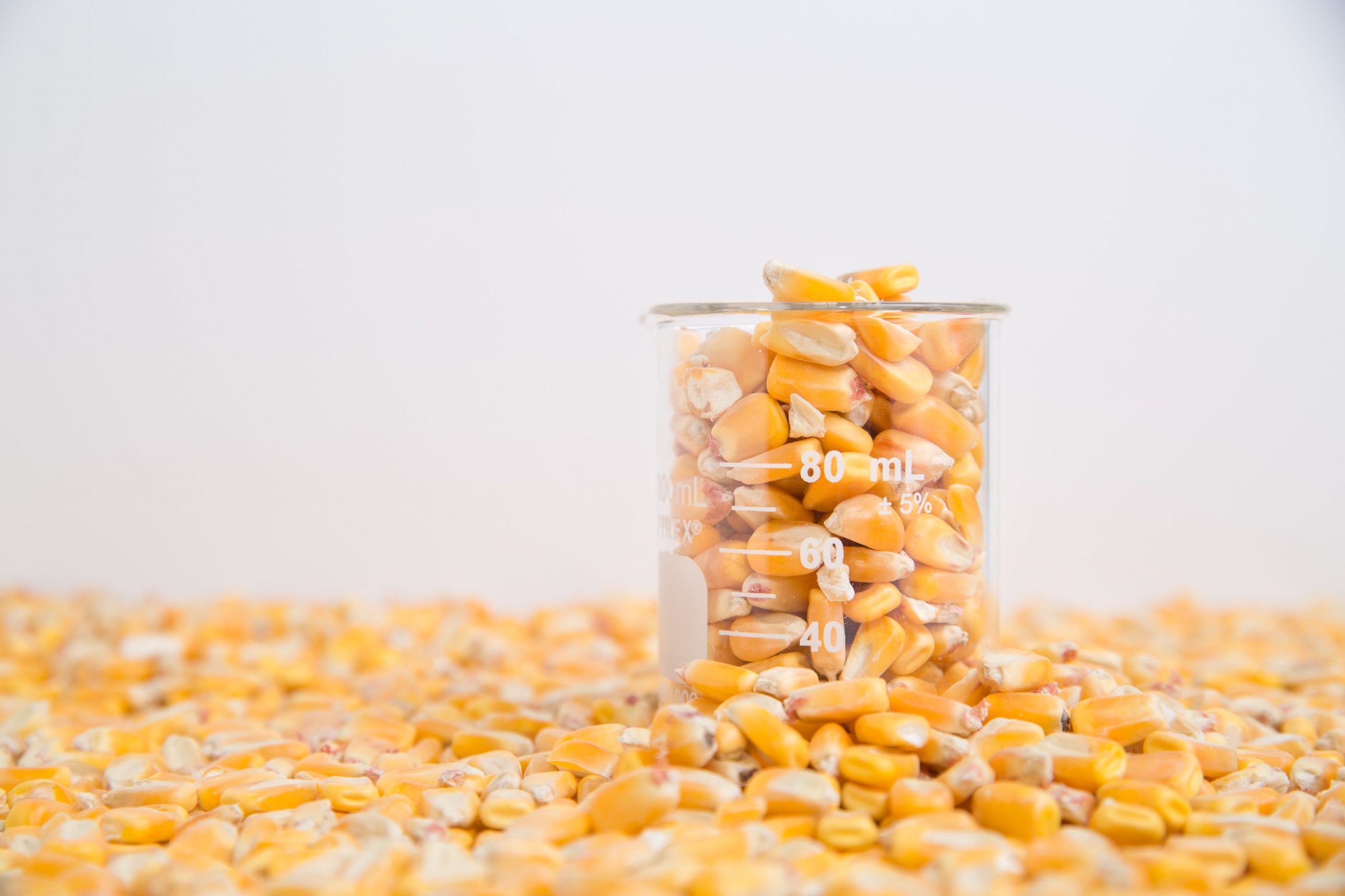Monitoring mycotoxin levels in French harvest

Despite all the efforts which have been made to prevent and control mycotoxin production (resistant varieties, improvement in agronomic practices, etc.), many challenges remain both in developing and developed countries. Here, the situation in France is examined.
Mycotoxins are among the most important safety risks for the feed industry worldwide, due to their significant effects on both human and animal health. Although it is difficult to estimate the exact economic impact of mycotoxins incidence, loss of productivity and decreased animal health could cost billions of dollars each year globally.
Seasonal and local weather conditions during critical plant growing stages (heading, flowering or maturity) result in specific mycotoxin occurrence and concentration. This is of great importance to explain the considerable variation in the results of geographical areas, but also the differences within an area over two different years. For example, high temperature, low rainfall and severe drought stress are often associated with aflatoxin production. On the contrary, a cool and excessively wet season are particularly favourable to the emergence of Fusarium spp., producing deoxynivalenol (DON) and zearalenone (ZEA) mycotoxins.
Post-harvest survey
Every year across France, Mixscience conducts a survey shortly after harvest to determine mycotoxin levels in small grains and maize and their by-products which are intended to be used in feedmills or directly on-farms. Measurements are made during harvest for cereals and continuously monitored for by-products. Monitoring mycotoxin levels during the cereal production chain is critical to fully manage risks and to make good decisions related to the encountered situation. For instance, a high risk of mycotoxin contamination was identified in wheat in 2016 and the appropriate recommendations were made to characterise and isolate contaminated grains.
Even if regular feed testing is essential to evaluate feed quality globally, laboratory methods can be quite expensive and require several weeks delay before getting a result. The use of a quantitative rapid test is of growing interest to improve responsiveness in the characterisation of raw materials and to adjust recommendations. Despite the lack of precision compared to laboratory methods, they are cheaper and make it possible to get a quick idea if the raw materials are contaminated. There is no need for extensive training sessions, but it does involve a correct sampling method technique.
The current situation in France
While spring 2016 was particularly cool and rainy, there was almost no rainfall (excluding some stormy periods) during cereal growth stages in 2017. Therefore, there was no major risk of contamination of cereals by mycotoxins in this year. Mixscience analysed crops in France to determine the contamination levels of wheat, barley and triticale samples collected during harvest from different feed mills in France. The samples were sent to a laboratory and analysed with an enzyme linked immunosorbent assay (ELISA) method. The results are shown in Table 1. These results indicate that the risk was lower in 2017 than in 2016 and there was no major risk of DON contamination on those commodities. The same survey was performed on maize at harvest to measure the incidence of deoxynivalenol (DON), zearalenone (ZEA), and fumonisins B1+B2 (FUM). Results are shown in Table 2. Generally, average concentrations in 2017 were higher than in 2016 across France. 12%, 18% and 15% of the samples were contaminated by DON, ZEA, and FUM respectively.
Generally, concentrations were in accordance with the European Union (EU) guidance values. However, concomitant presence of mycotoxins is more likely to appear rather than a single mycotoxin. Indeed, a commodity can be contaminated by several fungi under similar conditions and most fungi are able to produce simultaneously more than one mycotoxin. In the study, from 100 positive samples for DON or ZEA, 42% of samples were positive for both mycotoxins. Compound feed, composed of a mixture of several commodities, is particularly at risk for multiple mycotoxin contamination. By-products are especially a source of contamination as they are about three to 4 times more concentrated than the whole cereal.
Co-contamination is a substantial issue. In a meta-analysis reviewing 112 publications on toxicological interactions of mycotoxins, Grenier and Oswald (2011) found that effects are mainly additive or synergistic, regarding adverse effects on animal performance. That means mycotoxins can impact animals, even at low doses. On a global level, multi-mycotoxin studies reported that between 30% and 100% of samples are contaminated by more than one mycotoxin. Co-occurrence seems to be more important in some regions, such as in Asia (around 80%), than in others such as Europe or America (40%). However, more data is needed to set up some guidelines concerning the maximum levels of some combinations of mycotoxins on different species. During this process, possible interactions with so-called ‘emerging mycotoxins’ (e.g. beauvericin, enniatins) should also be taken into account.
Risk may be even bigger in the future
The incidence of mycotoxins in the feed industry may increase in the future. Most predictions indicate that climate change scenarios, with temperature increases, elevated CO2 and drought stress, could affect agriculture and change the threat on fungal invasion on crops and thus mycotoxin production. This could also be exacerbated by the societal demand to reduce the use of crop protection products, like fungicides. Some studies reported that if the temperature increases in temperate climates, these countries will be more likely to be concerned by an aflatoxin issue. This is already the case in South-eastern Europe with aflatoxin production on maize.
Another challenge in the next years is the emerging risk associated with modified mycotoxins. Particular attention should also be paid to these so-called ‘masked mycotoxins’ (such as deoxynivalenol-3-glucoside), which are difficult to detect with routine tests.
References available upon request
Second author: Anne-Marie Juin, Matrix Feed Additives and Raw Materials, MiXscience











